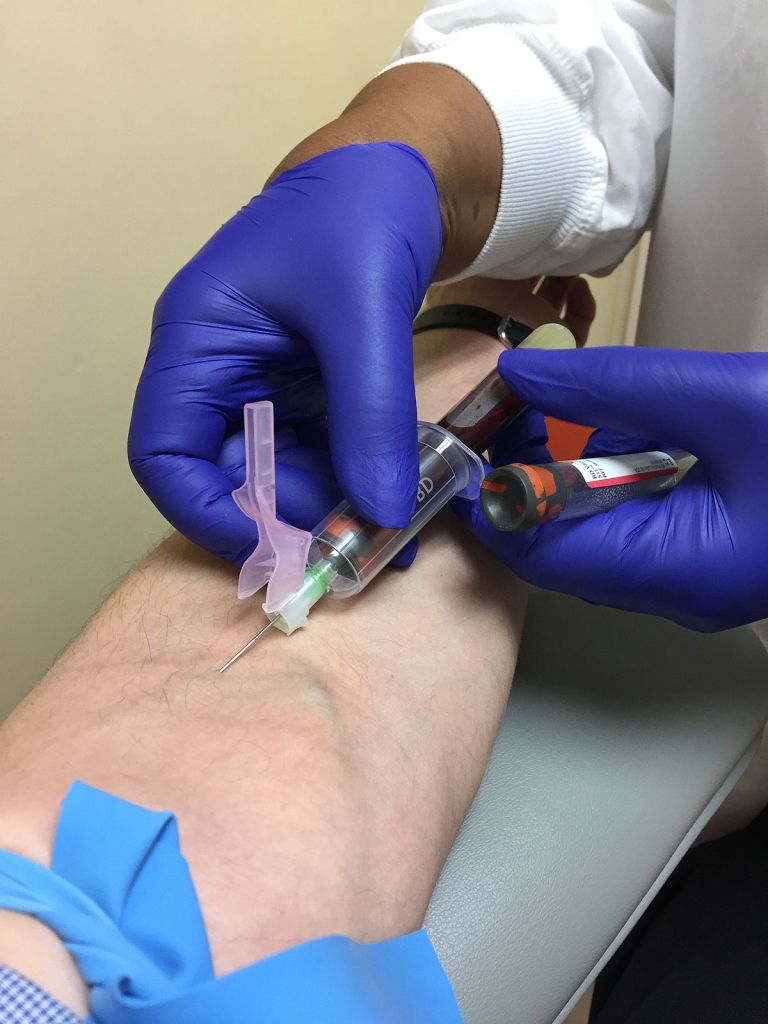Become a Certified Phlebotomist: Your Guide to a Rewarding Healthcare Career
Embarking on a career as a certified phlebotomist can open doors to a fulfilling path in the healthcare industry. With a vital role in patient care and diagnostics,phlebotomists are essential in drawing blood samples accurately and efficiently. If you’re seeking a healthcare profession that offers stability, growth, and the chance to make a difference, becoming a certified phlebotomist might be the perfect fit.
what is a Phlebotomist?
A phlebotomist is a healthcare professional trained to collect blood samples from patients for laboratory testing, transfusions, research, or donation. Their role is crucial in diagnosing health conditions and guiding treatment plans.As frontline workers in laboratories and hospitals,phlebotomists often work in fast-paced environments that require skill,compassion,and attention to detail.
Why Choose a Career as a Certified Phlebotomist?
- High demand: Medical facilities consistently seek qualified phlebotomists due to the essential nature of blood collection.
- Short training period: Certification programs typically last a few months, allowing quick entry into the workforce.
- Competitive salary: The median annual wage for phlebotomists is attractive and grows with experience.
- Rewarding work: Helping patients and contributing to vital diagnostic processes makes this career meaningful.
- Career advancement opportunities: With additional training, phlebotomists can progress into supervisory roles or specialize further.
Steps to Become a Certified Phlebotomist
Follow these essential steps to start your journey towards becoming a certified phlebotomist:
1.Meet Basic Eligibility Requirements
- Be at least 18 years old
- Have a high school diploma or GED
- Pass a background check and drug screening (if required)
2. enroll in an accredited Phlebotomy Training Program
Select a program that is accredited by organizations like the american Society for Clinical Pathology (ASCP) or the National Phlebotomy Association (NPA). Training typically includes both classroom instruction and hands-on practice.
3. Complete the Required Training Hours
Most states or certifying agencies require between 40 to 120 hours of training, covering topics such as anatomy, safety procedures, and specimen handling.
4. Gain Practical Experience
Many programs include clinical internships, providing real-world experience working with patients under supervision. This practical component is essential for developing confidence and skills.
5. Obtain Certification
Pass a certification exam offered by recognized organizations such as the American Society for Clinical Pathology (ASCP) or National Healthcareer Association (NHA). Certification not only validates your skills but also enhances employability.
6. Keep Certified and Continue Education
Some certifying bodies require periodic renewal through continuing education units (ceus) to stay current with medical standards and procedures.
Popular Certification programs for Aspiring Phlebotomists
| Certification Organization | eligibility Requirements | Exam Focus | Certification Validity |
|---|---|---|---|
| American Society for Clinical Pathology (ASCP) | Training completion & practical experience | Blood collection techniques, safety, patient interaction | 3 years |
| National Healthcareer Association (NHA) | High school diploma & training hours | Anatomy, professionalism, specimen handling | 2 years |
| American Medical Technologists (AMT) | Training & clinical internship | Procedural skills & safety protocols | 3 years |
Benefits of Becoming a Certified Phlebotomist
- Job stability and demand: Healthcare is a resilient industry with ongoing need for blood collection specialists.
- Flexible work environments: Work in hospitals, clinics, laboratories, or blood donation centers.
- Quick entry into the healthcare field: Fast certification programs mean you can start working in just a few months.
- Personal fulfillment: Making a positive impact on patients’ lives while developing valuable medical skills.
- Potential for career growth: Opportunities to specialize or advance into supervisory roles.
Practical Tips for Aspiring Phlebotomists
- Choose accredited programs: Ensure your training complies with industry standards for better job prospects.
- Develop strong dialog skills: Connecting with patients empathetically makes the procedure smoother.
- Practice your technique: Hands-on experience and practicing proper techniques are key to prosperous blood draws.
- prepare thoroughly for the certification exam: Review study guides and take practice exams.
- Stay updated with industry advancements: Continuing education can help you stay current and increase employability.
Case Study: From Trainee to Certified Phlebotomist
Meet Sarah, a recent graduate who completed a certified phlebotomy program in three months. After gaining hands-on experience during her internship, she passed her certification exam on the first attempt.Sarah now works at a busy hospital,drawing blood from patients of all ages. She finds her work rewarding, especially after helping anxious patients feel pleasant during appointments. Her journey exemplifies how dedication and proper training can lead to a successful career in healthcare as a certified phlebotomist.
Conclusion
Becoming a certified phlebotomist is a promising pathway into the healthcare industry that combines quick training,stable job prospects,and personal fulfillment. by following the necessary steps-obtaining the right education, gaining practical experience, and earning certification-you can establish a rewarding career devoted to patient care and medical diagnostics. Whether you’re seeking a career change or just starting out in healthcare, the role of a phlebotomist offers stability, growth, and the prospect to make a real difference. Start your journey today and unlock a fulfilling future in healthcare!
